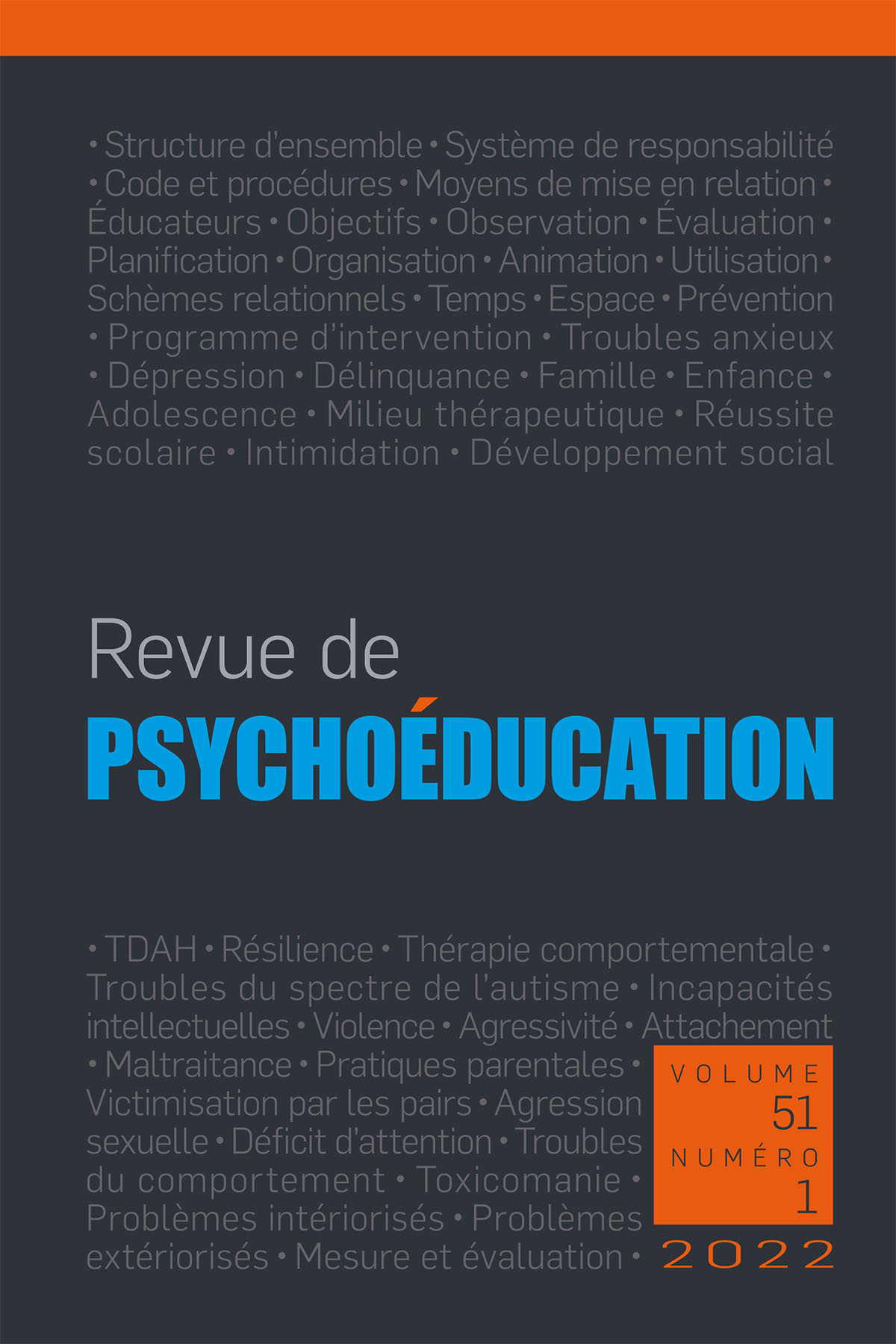Abstracts
Résumé
Le thème de l’ouvrage de Ripoll, Pourquoi croit-on?, fait régulièrement l’objet de débats. Il s’inscrit donc fort bien dans la rubrique Controverse. L’auteur fait une analyse méticuleuse des processus cognitifs qui conduisent les humains à adopter une panoplie de croyances infondées. Je me centre ici sur six aspects traités par Ripoll : le relativisme, l’incompréhension des notions de hasard et de probabilité, la notion de Système 1 – Système 2, les biais cognitifs, l’habileté des pseudoscientifiques à se draper dans les habits de la science et les raisons de la croyance en Dieu.
Mots-clés :
- croyances,
- processus cognitifs,
- probabilité,
- biais cognitifs,
- pseudoscience
Abstract
The theme of Ripoll’s book, Why do we believe? is frequently debated. Therefore, it fits very well into the Controversy section. The author provides a meticulous analysis of the cognitive processes that lead humans to adopt a variety of unfounded beliefs. I focus here on six aspects treated by Ripoll: relativism, the misunderstanding of the notions of chance and probability, the notion of System 1 - System 2, cognitive biases, the ability of pseudoscientists to drape themselves in the clothes of science and the reasons for belief in God.
Keywords:
- beliefs,
- cognitive processes,
- probability,
- cognitive bias,
- pseudoscience
Download the article in PDF to read it.
Download
Appendices
Bibliographie
- Barrette, C. (2000). Le miroir du monde. MultiMondes.
- Benson, B. (2016). Cognitive bias cheat sheet. https://betterhumans.pub/cognitive-bias-cheat-sheet-55a472476b18
- Bogoshian, P. (1997). Post modernist and the Sokal hoax. The Times Literacy Supplement, 4893, 15.
- Bond, T.G. (1998). Fifty years of formel operational research: The empirical evidence. Archives de psychologie, 64, 221-238.
- Bricmont, J. (2000). Sciences et religions: l’irréductible antagoniste. Agone, 23, 131-151.
- Carpio, M. H. (2012). Bon et mauvais usage du scepticisme. National Geography Sciences, Hors-Série, 2, 97-99.
- Dawkins, R. (1976/1996). Le gène égoïste. Odile Jacob.
- Fenech, G. (2020). Gare aux gouroux. Santé, bien-être. Éditions du Rocher.
- Forester, B. P. (1999). The use of placebos in psychiatric research. International Journal of Psychiatry in Medecine, 29, 91-93.
- Gazzaniga, M. (1996). Le cerveau social. Odile Jacob.
- Guégen, N. (2016). Le syndrôme de la tête de mûle. Cerveau & psycho, 84, 88-91.
- Hill, S. (2012). Amateur paranormal research and investigation groups doing “Sciencey” things. Skeptical Inquirer, 36, 38-41.
- Jaynes, J. (1976). The origin of consciousness in the breakdown of the bicameral mind. Houghton Mifflin.
- Kahneman, D. (2012). Système 1, Système 2 : les deux vitesses de la pensée. Flammarion.
- Kahneman, D. (2018). La pensée à deux vitesses. Dans J.F. Marmion (dir.), Psychologie de la connerie (p.97-105). Sciences Humaines Éditions.
- Larivée, S. (2001). Science contre pseudoscience : un combat inégal. Revue Canadienne de Psycho-éducation, 30(1), 1-26.
- Larivée, S. (2007). Les étapes du développement cognitif. La « puberté cognitive ». Dans S. Larivée (dir.), L’intelligence, Tome I. Approches biocognitives, développementales et contemporaines (p. 192-218). ERPI.
- Larivée, S. (2009). Croire, une tendance lourde. Science et Pseudo-sciences, 284, 16-22.
- Larivée, S. (2014). Quand le paranormal manipule la science. MultiMondes.
- Larivée, S. (2021). Être ou ne pas être…incompréhensible. Revue de psychoéducation, 50(1) 141-152.
- Larivée, S. (2022). Bienvenue dans l’univers de la stupidité. JFD.
- Layne, A. (2000). Supernatural power and cultural evolution. Skeptical Inquirer, 24(6), 44-47.
- Lecompte, J. (1992). Informations exactes, conclusions absurdes. Sciences & Vie, 894, 68-73.
- Lester, G. W. (2000). Why bad beliefs don’t die. Skeptical Inquirer, 24(6), 40-43.
- Lett, J. (1992). The persistant popularity of the paranormal. Skeptical Inquirer, 16, 382-385.
- Nickerson, R. S. (1998). Confirmation bias: A ubiquitous phenomenon in many guises. Review of General Psychology, 2(2), 175-220.
- Nickerson, R. S. (2004). Cognition and chance. The psychology of a probabilistic reasoning. Lawrence Erlbaum.
- Oreskes, N. et Conway, F. M. (2012). Les marchands de doute. Éditions Le Pommier. Ripoll, T. (2020).
- Parejko, K. (1999). Selection credulity: A biologist view of belief. Skeptic, 7(1), 38-39.
- Piaget, S. (1975). L’équilibration des structures cognitives : problème central du développement. Presse universitaire de France.
- Ripoll, T. (2020). Pourquoi croit-on? Psychologie des croyances. Éditions Sciences Humaines.
- Sperber, D. (1996). La contagion des idées. Théorie naturaliste de la culture. Odile Jacob.
- Stanovich, K. E. (2009). How to think straight about psychology. Pearson.
- Torcello, L. (2011). The ethics of inquire scientific belief, and public discourse. Public Affairs Quartely, 25(3), 197-215.
- Torcello, L. (2012). The trouble with pseudoskepticism. Skeptical Inquirer, 34(3), 37-41.


 10.7202/1077076ar
10.7202/1077076ar